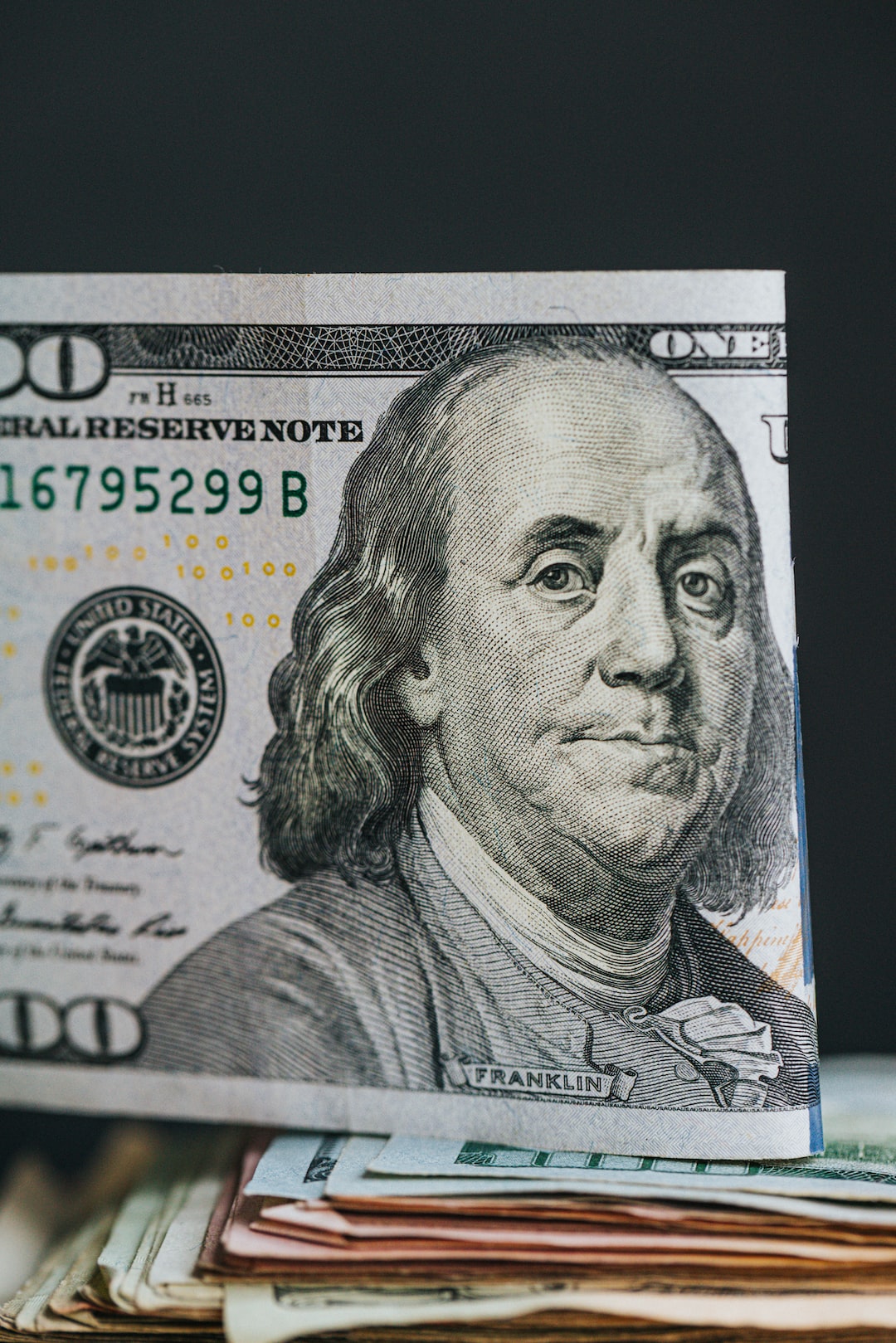The foreign exchange market, also known as forex or FX, is the largest and most liquid financial market in the world. It operates 24 hours a day, five days a week, and involves the buying and selling of currencies from around the world. Forex traders can make profits by buying a currency at a low price and selling it at a higher price, or by selling a currency at a high price and buying it back at a lower price. When a forex trade is closed, it is important to understand how it is invoiced.
Invoicing of forex trades is a crucial part of the trading process. It is the process of documenting the details of the trade, including the currency pair, the transaction amount, the exchange rate, and any fees or charges associated with the trade. Invoicing ensures that both parties to the trade have a clear record of the transaction, which can be used for accounting, tax, and regulatory purposes.
There are different methods of invoicing forex trades, depending on the type of trade and the trading platform used. The most common methods of invoicing forex trades are:
1. Spot Market Trades
A spot market trade is a trade in which currencies are bought and sold for immediate delivery. Spot market trades are settled in two business days, and the invoicing is done on the settlement date. The invoice includes the currency pair, the transaction amount, the exchange rate, and any fees or charges associated with the trade. Spot market trades are the most common type of forex trades, and they are invoiced using a trade confirmation document.
2. Forward Market Trades
A forward market trade is a trade in which currencies are bought and sold for delivery at a future date. Forward market trades are settled on the future delivery date, and the invoicing is done on the settlement date. The invoice includes the currency pair, the transaction amount, the forward rate, and any fees or charges associated with the trade. Forward market trades are less common than spot market trades, and they are invoiced using a forward contract document.
3. Futures Market Trades
A futures market trade is a trade in which currencies are bought and sold for delivery on a specified future date. Futures market trades are settled on the future delivery date, and the invoicing is done on the settlement date. The invoice includes the currency pair, the transaction amount, the futures price, and any fees or charges associated with the trade. Futures market trades are similar to forward market trades, but they are standardized and traded on an exchange.
4. Options Market Trades
An options market trade is a trade in which the buyer has the right, but not the obligation, to buy or sell currencies at a specified price on or before a specified date. Options market trades are settled on the expiration date, and the invoicing is done on the settlement date. The invoice includes the currency pair, the transaction amount, the strike price, and any fees or charges associated with the trade. Options market trades are less common than spot and forward market trades, and they are invoiced using an options contract document.
In conclusion, invoicing of forex trades is a crucial part of the trading process. It ensures that both parties to the trade have a clear record of the transaction, which can be used for accounting, tax, and regulatory purposes. The invoicing method depends on the type of trade and the trading platform used. The most common invoicing methods are trade confirmation documents for spot market trades, forward contract documents for forward market trades, futures contract documents for futures market trades, and options contract documents for options market trades.





